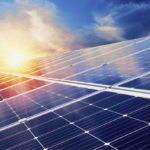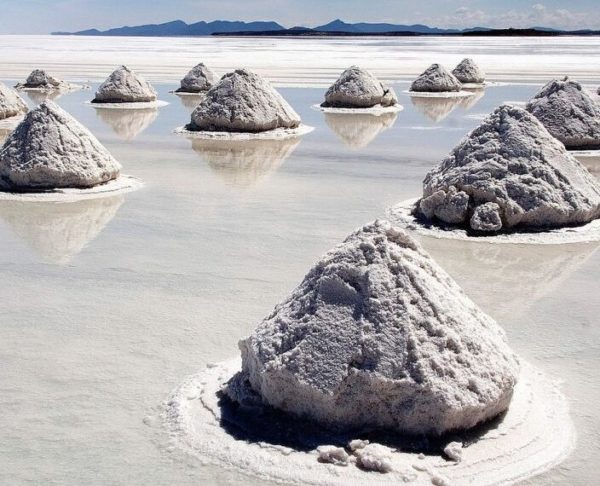Lithium hydroxide (which is produced from a chemical reaction between lithium carbonate and calcium hydroxide), one of the main ingredients in electric car and cell phone batteries, has gone from being a scarce commodity to stockpiling in mines around the world.
However, demand is expected to continue to increase, and in this regard, a team of researchers has developed a technique that has the potential to reduce lithium extraction times from months and years to hours and increase the effectiveness of the process.
A membrane that filters lithium ions
About 70 % of the world’s lithium comes from brine (salt lakes), an extraction process that requires large amounts of water and also has a low recovery rate due to evaporation.
According to Australian Mining, a new study by researchers at Monash University, the Commonwealth Scientific and Industrial Research Organization, the University of Melbourne and the University of Texas at Austin has pioneered the development of a filtration technique that could substantially change the way lithium is extracted from brine.
In addition to reducing ore extraction times, it promises that this process can facilitate lithium recovery rates of approximately 90 %, compared to the 30 % recovery rate achieved by the conventional solar evaporation process.
Inspired by the filtering capabilities of a living cell, the researchers have developed a synthetic ion channel membrane based on metal-organic materials that is precisely tuned to filter lithium ions.
At the moment, Energy Exploration Technologies (EnergyX) has executed an exclusive worldwide license to commercialize the technology, although no dates have been given.
To get an idea of what this type of ‘mining’ entails, to obtain one ton of lithium Latin America uses 750 tons of brine, which undergoes 24 months of preparation.
One of the main impacts of this type of extraction, which is not on rock, falls directly on the environment. The so-called lithium triangle is made up of the Hombre Muerto (Argentina), Uyuni (Bolivia) and Atacama (Chile) salt flats which, together with others nearby, concentrate more than 85 % of the planet’s known lithium reserves.
Its extraction (which can exceed 140 liters of brine per second) is threatening not only the fauna (such as the Andean flamingo, which is running out of water for subsistence) but also the indigenous population.
Lithium can also be recycled an unlimited number of times, but today there is no recycling technology capable of producing lithium pure enough for a second use in batteries.
Currently the largest lithium producers are Australia, Chile, Argentina and China (and watch out for the Sonora project in Mexico), and the largest lithium importers are China, Japan, South Korea and the United States.
Its price has plummeted. A ton of lithium now costs around €5,900, and in January 2019 its price was over $10,000, as we can see in this chart from Trading Economics, expressed in yuan:
Increased mine supply and the slowdown in the Chinese auto market are driving prices down, and are expected to continue in this vein.
Investors also expect that new production from Argentina, Australia and Chile could add 500,000 tons of lithium to the market per year by 2025.
Source: Motorpasión
Translated with www.DeepL.com/Translator (free version)





